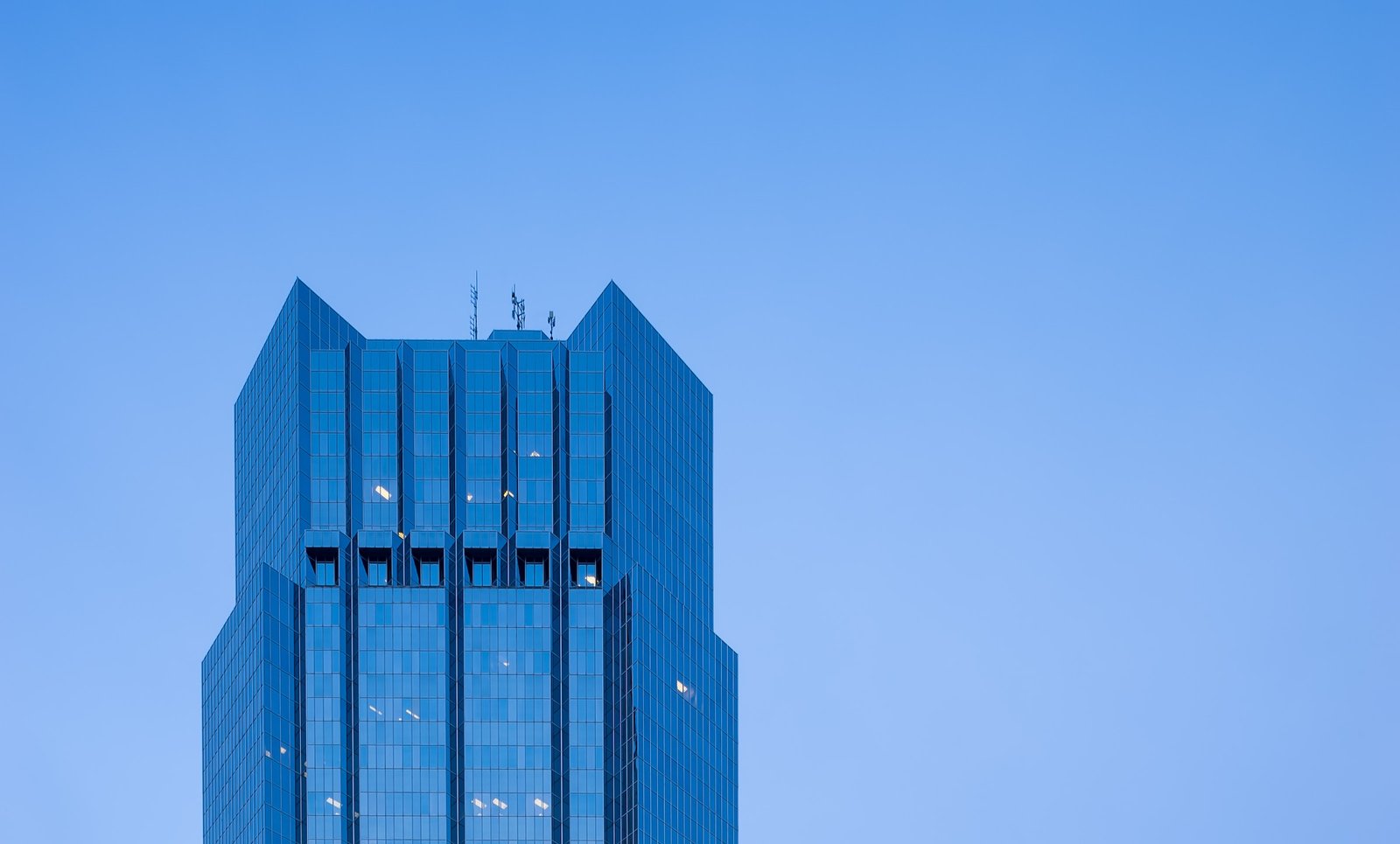Energy conservation is a crucial facet of urban construction, particularly in contemporary society where climate change looms as a pressing concern. Architects aiming to achieve energy efficiency must take into consideration various design components, such as building systems, orientation, and materials. In urban construction, two design components that bear significant influence on energy conservation are metal and glass.
In this composition, we shall delve into the consequences of glass and metal design on energy conservation in the realm of urban construction. We shall discuss the advantages of fusing these design facets and furnish optimal techniques for their assimilation into the structure’s design.
Understanding Energy Efficiency in Urban Architecture
Energy efficiency is the ability to use less energy to achieve the same level of performance or output. In urban architecture, achieving energy efficiency requires a holistic approach that considers building design, materials, systems, and user behaviour.
Urban areas have unique energy needs due to their density, land-use patterns, and reliance on transportation. Urban architecture must address these unique needs by designing buildings that are efficient, resilient, and sustainable.
Glass and Metal Design Elements in Urban Architecture
Glass and metal are prevalent design facets utilised in urban construction. Glass is often employed to generate a perception of spaciousness, whereas metal can furnish structural support and visual allure. Both materials present distinctive design prospects and can be integrated in diverse ways.
Glass can function as a building covering, offering access to natural light and vistas whilst decreasing the demand for synthetic lighting. Additionally, it can act as a shading mechanism, guarding the structure against direct sunlight and reducing heat accumulation. Conversely, metal can serve as a foundation for support, veneer, and roofing. Furthermore, it can be harnessed to forge singular architectural attributes, such as screens and louvres.
How Glass and Metal Design Affects Energy Efficiency in Urban Architecture
It is essential to consider the significant impact that glass and metal can have on a building’s energy efficiency when incorporating them as essential architectural design elements. The manner in which these design elements are utilised can substantially influence the building’s energy consumption, thermal performance and overall indoor environment quality.
If glass is used as the building envelope, it can boost the amount of natural light entering the building and lower the requirement for artificial lighting. However, it may also result in heat loss or gain, based on the orientation of the building and the type of glass used. Therefore, it is crucial to take into account elements such as shading, orientation, and glazing type when employing glass in building design.
Similarly, metal can affect a building’s energy efficiency through its thermal conductivity. Metal can conduct heat quickly, leading to thermal bridging and heat loss. Therefore, it is essential to consider insulation and other thermal breaks when incorporating metal into building design.
Benefits of Glass and Metal Design for Energy Efficiency in Urban Architecture
Incorporating glass and metal design elements in urban architecture can provide several benefits for energy efficiency. These benefits include:
- Improved natural lighting and views
- Reduced reliance on artificial lighting
- Improved thermal performance
- Reduced heat gain and loss
- Increased durability and longevity
- Aesthetically pleasing design
Conclusion
In summary, incorporating glass and metal into urban architecture can have a considerable impact on energy efficiency. Though challenges and limitations exist, the benefits of these design elements cannot be ignored. As the world grapples with the effects of climate change, it is crucial for architects and designers to make energy efficiency a top priority in their designs.


Leave a Reply